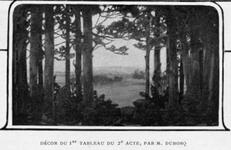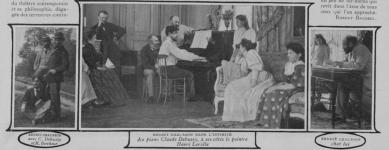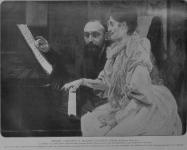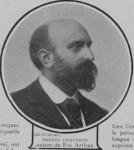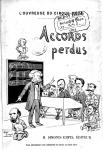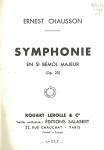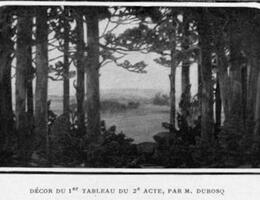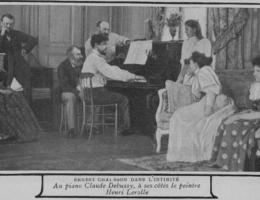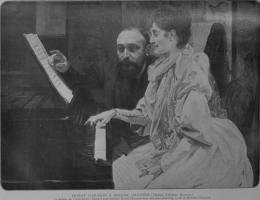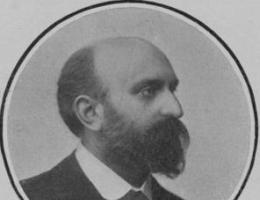
Ernest CHAUSSON
1855 - 1899
Composer
Born into a well-to-do family, Chausson was taught by a private tutor who, keen to give him a sound cultural education, introduced him early to the arts. It was probably this influence which caused him to decide, several years later, after studying law and receiving his doctorate in 1877, to take up a career as a composer. Between 1879 and 1880, he enrolled at the Paris Conservatoire in classes taught by Massenet and Franck, but then continued his studies with Franck alone until 1883. With a lively interest in the most innovative trends, Chausson attended the premiere of Parsifal in 1882, and was appointed secretary of the Société Nationale de Musique in 1886. From then on, until his tragic death in a cycling accident, he associated closely with the leading musical figures, particularly Duparc, Fauré and Debussy. A clear indication of his open-minded attitudes and enquiring mind, his salon on Rue de Courcelles was one of the most popular haunts of the capital, frequented among others by Mallarmé, Monet and Puvis de Chavannes. A man of very high standards, Chausson wrote about sixty works which stylistically merge a Franckian mastery of structure and composition with the distinctive colours characteristic of Wagner’s music. Certain of his works are representative examples of late 19th-century French music, such as the opera Le Roi Arthus, the Symphony in B flat major, the symphonic poem Viviane, the Poème for violin and orchestra or his many vocal pieces (including the Chanson perpétuelle) and some chamber music.
Focus
Focus
La mélodie française
Focus
L'école franckiste
Scientific publications
Publication

